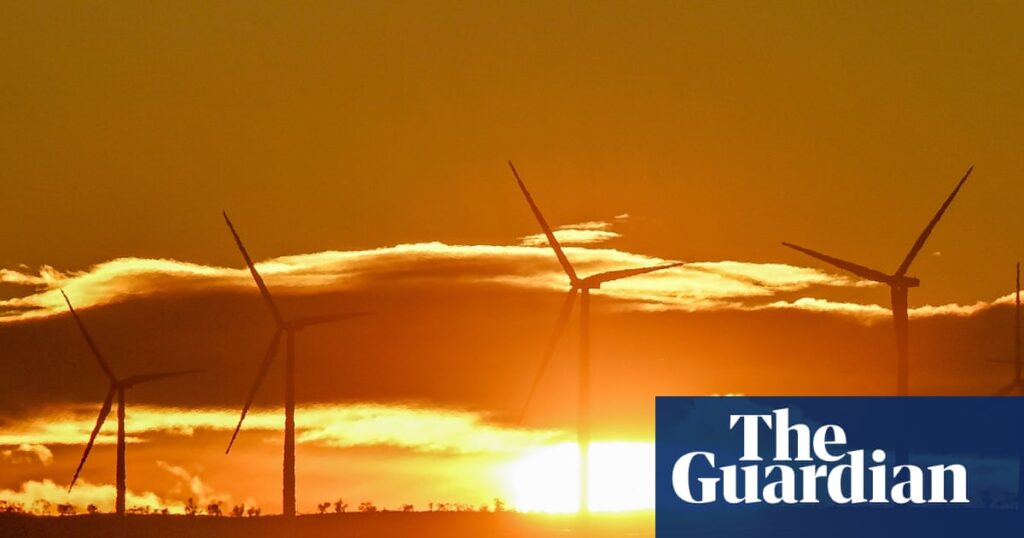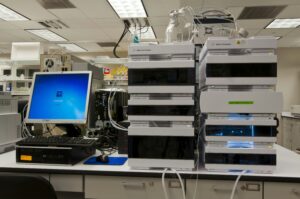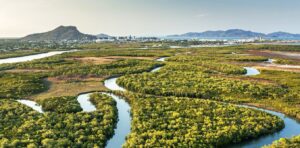
Labor’s grassroots environmental action network is urging the Albanese government to commit to a 2035 emissions reduction target of at least 70%. This move aims to position Australia as a leader in global climate action, despite warnings from major businesses about the potential costs of such an ambitious goal.
In her inaugural interview as the new co-convener of the Labor Environment Action Network (Lean), Louise Crawford expressed confidence that the government would finally implement long-awaited reforms to the Environment Protection and Biodiversity Conservation (EPBC) Act, after previous plans faltered. The prime minister is expected to announce Australia’s 2035 emissions reduction target next week, following cabinet deliberations on the Climate Change Authority’s final advice.
Setting Ambitious Goals Amid Economic Concerns
The Climate Change Authority has suggested that a target between 65% and 75% would be both ambitious and achievable. However, the Business Council of Australia has cautioned the government about the extensive decarbonization effort required over the next decade. Their modeling indicates that achieving a 70% reduction could necessitate up to $530 billion in capital investment.
Despite these concerns, Crawford emphasized the importance of ambition, stating that the target “should start with a seven.” She argued that the target, if confirmed, would allow Prime Minister Anthony Albanese to showcase Australia’s leadership at the upcoming UN General Assembly leaders’ summit.
“We know the government is in this really tricky, messy implementation phase of completely reordering the economy and our energy system – so we are under illusions on how hard it is,” Crawford told Guardian Australia.
Reforming Environmental Legislation
Crawford was elected co-convener at Lean’s annual general meeting, succeeding Felicity Wade, who led the group’s campaign for EPBC Act reforms. These reforms included the establishment of an environmental protection agency, which was shelved by Albanese before the last election but have since been revived under Environment Minister Murray Watt.
Watt has confirmed plans to introduce new legislation to parliament by the end of the year, which would create development “no-go” zones through a regional planning system. However, several aspects remain unresolved, such as the design of national standards and the powers of the proposed Environmental Protection Agency (EPA).
Crawford outlined Lean’s advocacy priorities, which include retaining ministerial decision-making powers on national significance matters, establishing strong national standards, and removing exemptions like those for native forest logging under regional forestry agreements.
Balancing Climate Impact in Environmental Laws
While Crawford supports some consideration of climate impact in environmental laws, she agrees with the government’s stance that the safeguard mechanism is the appropriate policy to manage pollution. Minister Watt, speaking at the Smart Energy Queensland conference, mentioned ongoing consultations on how the laws might address greenhouse gas emissions.
Watt is inclined to adopt the recommendations of Professor Graeme Samuel, whose review of the EPBC Act advised against a climate trigger. Instead, Samuel suggested that project proponents should disclose their full emissions profiles upfront.
“The upcoming debate represents a once-in-generation opportunity to rewrite the nation’s John Howard-era nature laws,” Crawford remarked.
With biodiversity facing a crisis similar to climate change, Crawford and Lean see this as a pivotal moment to reshape Australia’s environmental policies. As the government prepares to finalize its emissions reduction target, the balance between ambition and economic feasibility remains a critical point of discussion.







